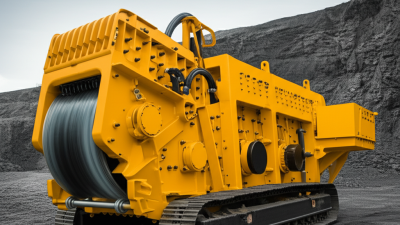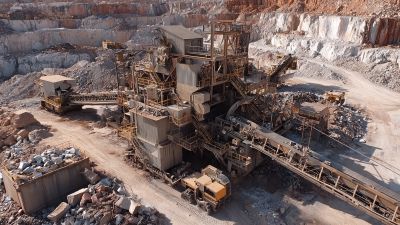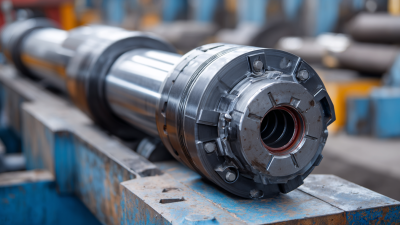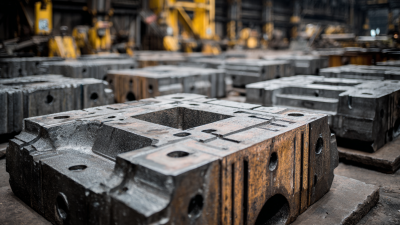
-
Home
-
About Us
-
Products
-
News
-
Blog
-
Contact Us
Leave Your Message

The efficiency and effectiveness of a jaw crusher are foundational to the success of various industrial sectors that rely on aggregate processing and mining operations. According to recent industry reports, the global jaw crusher market is projected to reach USD 1.75 billion by 2025, growing at a CAGR of 6.5% from 2019. Understanding the mechanics of jaw crusher operation is essential for optimizing performance and minimizing downtime. The Jaw Crusher Working principle involves using compressive forces to break down materials, which makes it critical to grasp the operational dynamics—from the designed movements of the jaw to the feed material characteristics. By analyzing these elements, professionals can implement strategies that enhance productivity and prolong the lifespan of the equipment, ensuring that they meet the increasing demands of the market. These insights not only promote better operational practices but also align with the industry's evolving technological advancements.

Jaw crushers are essential machines in various industrial operations, and understanding their specific types is crucial for optimizing their performance. There are several categories of jaw crushers, each designed to handle different materials and achieve distinct outputs. For instance, the single toggle jaw crusher features a moving swing jaw that exerts a powerful crushing action, making it suitable for processing hard materials like granite and basalt. In contrast, the double toggle jaw crusher, with its two sets of jaws, provides a more aggressive crushing force, which is ideal for softer materials such as limestone and clay.
Additionally, specialized jaw crushers like the mobile jaw crusher offer versatility and convenience, especially in construction and demolition applications. These portable machines are designed for ease of transport and can be used on-site, allowing for efficient material handling without the need for extensive infrastructure. Furthermore, there are also laboratory jaw crushers tailored for sample preparation, allowing researchers and quality control specialists to conduct tests on various materials with precision. Understanding these different types of jaw crushers and their specific applications helps operators select the right equipment for their processing needs, ensuring optimal performance and productivity.
Understanding the key components of jaw crushers is fundamental for optimizing their performance in various applications. The primary parts include the feed opening, jaw plates, and swing and fixed jaws. The feed opening determines the size of the material that can be processed, while the jaw plates' design and material directly affect crushing efficiency and wear resistance. According to a report by Technavio, the global market for jaw crushers is projected to grow at a CAGR of 4.5% from 2021 to 2025, underscoring the need for high-quality components tailored to meet market demands.
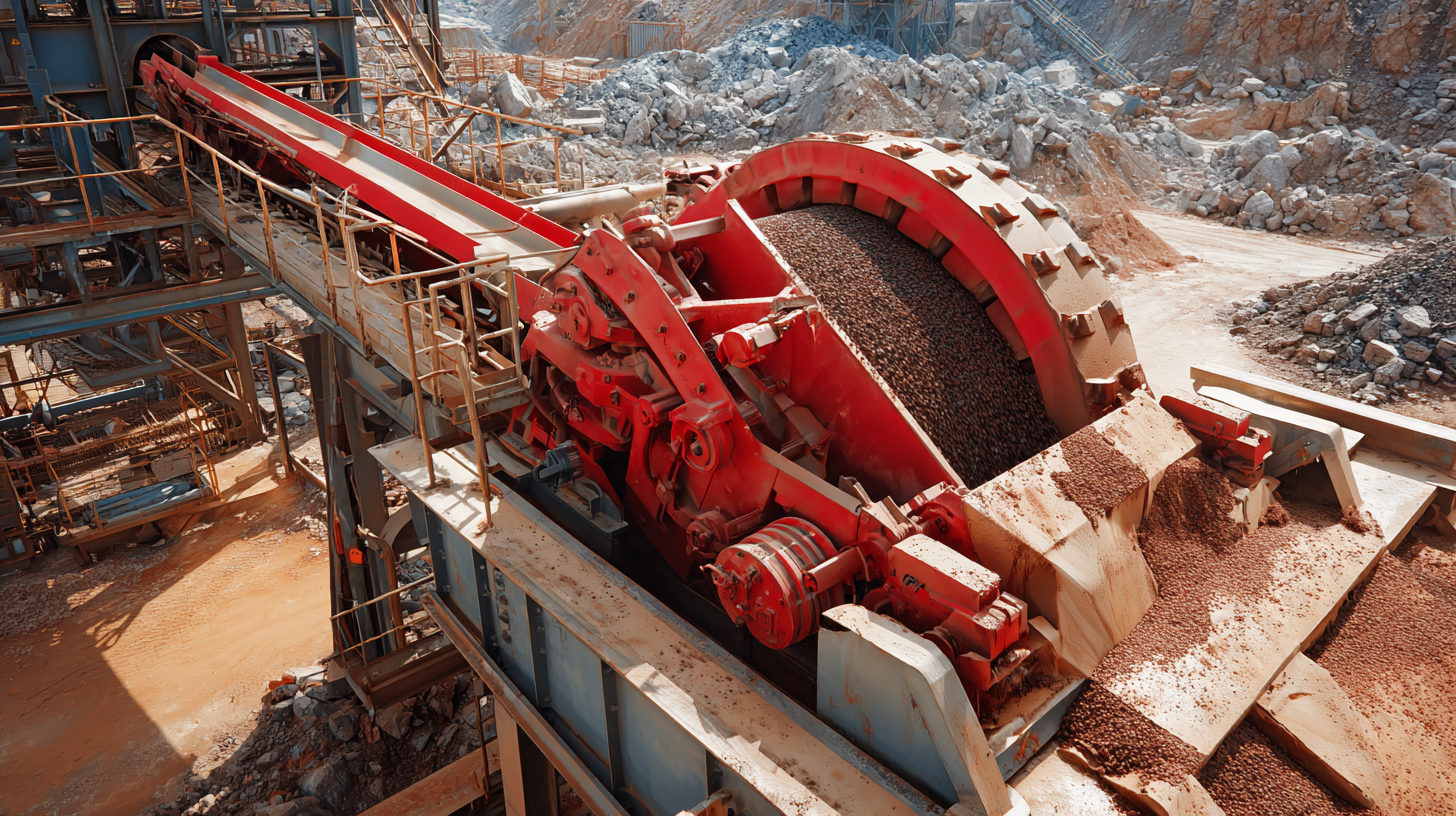
In addition to these primary components, the pitman and toggle plate play crucial roles in the operational mechanics. The pitman acts as the main lever, transmitting the force from the hydraulic or mechanical system to the jaws, while the toggle plate acts as a safety mechanism that absorbs shock loads in case of uncrushed materials entering the chamber. Recent findings from the Mining & Quarry World journal point out that minor adjustments to toggle plate design can enhance crushing efficiency by up to 20%. As industries increasingly rely on efficient crushing technology, understanding the mechanics of these parts becomes vital for operators aiming to improve output and reduce downtime.
The crushing mechanism of a jaw crusher is fundamental to its performance and efficiency. At its core, the jaw crusher operates on a basic principle of compressive force, where two jaws—the fixed and the movable—work in tandem to crush materials. The hinged jaws open and close with a swinging action, allowing larger rock particles to enter and be gradually reduced in size. This process is influenced by the angle between the jaws, the material's characteristics, and the operational speed, which together dictate the effectiveness of the crushing cycle.
Understanding how the crushing mechanism impacts performance involves analyzing factors such as the discharge opening, stroke length, and the crushing work done on the material. A smaller discharge opening enhances the crushing efficiency but may lead to bottlenecks, while a longer stroke can aid in breaking tougher materials. Moreover, monitoring wear patterns and adjusting operational parameters can lead to optimized performance. By comprehending these dynamics, operators can better manage their jaw crushers, extending the machinery's lifespan and ensuring consistent output that meets production demands.
To enhance the efficiency of a jaw crusher, implementing regular maintenance practices is crucial. One effective approach involves frequently checking and adjusting the settings to ensure optimal performance. A well-adjusted jaw crusher minimizes the risk of overload and stress on the machine, leading to a longer lifespan and reduced downtime.
Tips: Make it a habit to inspect the tight side and the open side settings at regular intervals, as minor adjustments can significantly affect the output and quality of the crushed material.
Another essential maintenance practice is to conduct routine inspections of wear parts, including jaw plates and liners. Over time, these parts can wear down, affecting the crushing efficiency. Replacing worn components in a timely manner helps maintain the desired crushing ratio and efficiency.
Tips: Keep a record of wear measurements and replacement intervals to predict when components might need attention. This proactive approach can help prevent unexpected operational issues and extend the overall life of the jaw crusher.
When operating a jaw crusher, understanding common operational issues is essential for maintaining efficiency and performance. One frequent problem is the misalignment of the jaw plates, which can lead to uneven wear and decreased crushing capacity. Regularly checking the alignment and ensuring proper fastening can mitigate this issue, extending the lifespan of the equipment. Additionally, operators should monitor the condition of the toggle plate; a worn or damaged toggle can result in increased clearances and poor performance.
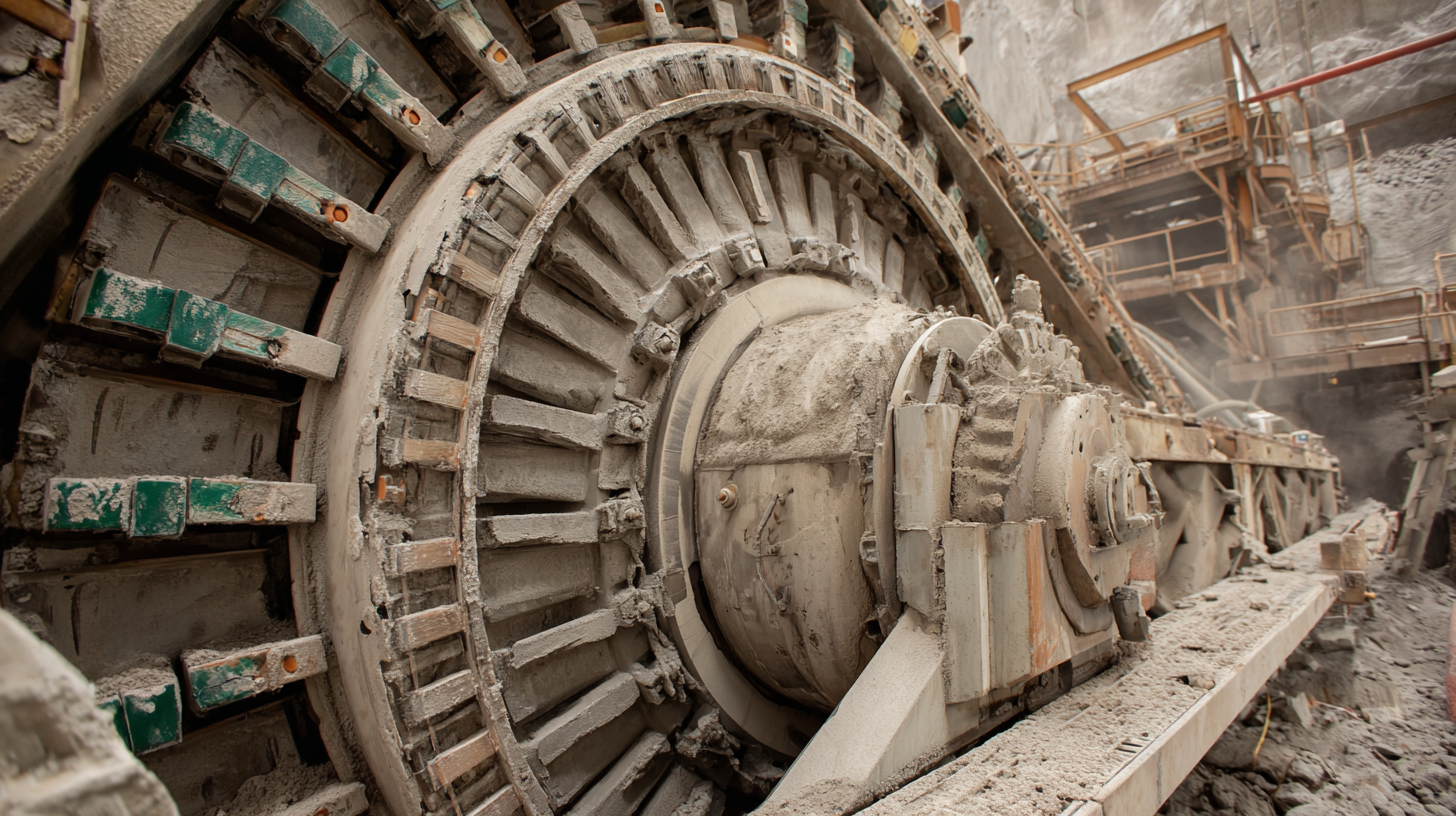
Another common challenge is material flow blockages that can disrupt production. This often occurs due to oversized feed material or the accumulation of debris within the chamber. To address this, operators should conduct routine inspections and establish a clear feeding protocol, ensuring materials are within the designated size limits. Implementing a scheduled maintenance program can also help identify potential blockages before they escalate into more significant problems, ensuring consistent operation and optimal productivity.


